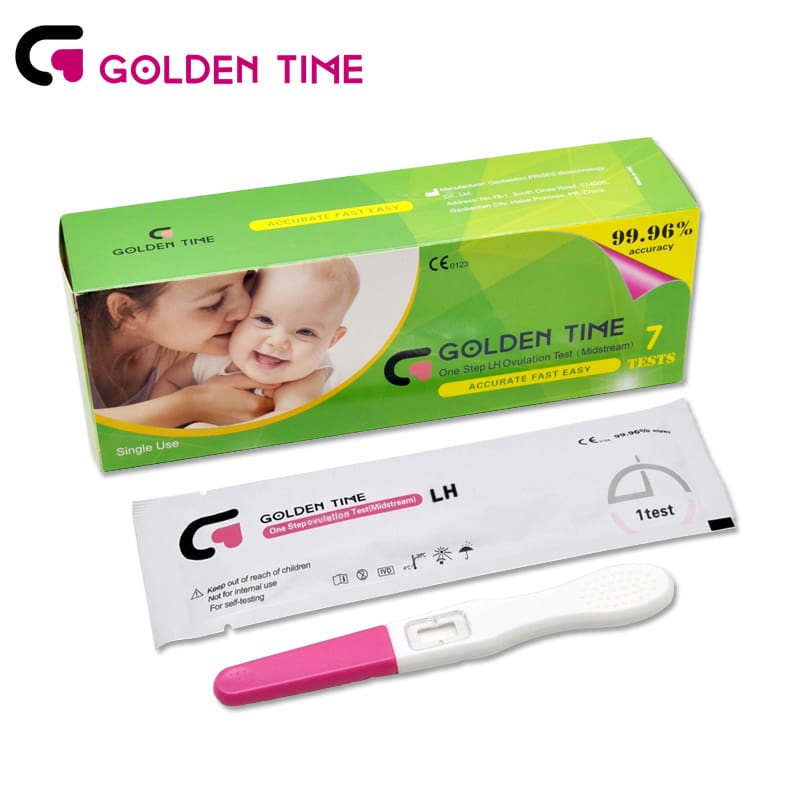Sep . 05, 2024 02:52 Back to list
typhoid test levels
Understanding Typhoid Test Levels
Typhoid fever, caused by the bacterium Salmonella enterica serotype Typhi, remains a significant public health concern, particularly in developing countries where sanitation and hygiene practices may be inadequate. The assessment of typhoid infection primarily involves blood tests that detect the presence of antibodies or the bacterium itself. Understanding typhoid test levels is crucial for timely diagnosis and effective treatment.
When a patient exhibits symptoms indicative of typhoid fever, such as prolonged fever, abdominal pain, and gastrointestinal disturbances, clinicians often resort to various tests. The most common method to diagnose typhoid is through blood culture tests, which are the gold standard for identifying Salmonella Typhi. In this test, a sample of blood is placed in a culture medium, allowing any present bacteria to grow, typically within 24 to 48 hours. A positive culture diagnosis can confirm active infection, while a negative result cannot rule out the disease entirely, especially if the test is performed too early or if the patient has recently taken antibiotics.
In addition to blood cultures, serological tests like the Widal test are frequently employed. This test measures the levels of specific antibodies in the patient's serum, namely agglutinins against O and H antigens of S. Typhi. Elevated titers indicate a potential typhoid infection. However, it is essential to understand that the Widal test's sensitivity and specificity can vary significantly due to prior vaccinations or previous infections, leading to false positives. Thus, reliance on this test alone can be misleading, particularly in endemic regions where background antibody levels may be higher.
typhoid test levels

In terms of test levels, a crucial aspect of interpretation is timing. Antibody levels can vary at different stages of the disease. In the first week of infection, antibodies may not yet be detectable, making blood cultures particularly valuable during this phase. As the disease progresses, antibody levels rise, and clinicians can utilize serological tests to support the diagnosis. However, interpretation must consider geographic factors and individual patient histories, as elevated titers may not universally indicate acute infection.
Another important consideration is the patient's immune response. Factors such as age, nutritional status, and the presence of comorbidities can influence test levels and outcomes. For instance, young children and malnourished individuals may demonstrate weaker immune responses, complicating diagnosis and treatment decisions.
Accurate diagnosis of typhoid fever is critical, not only for the individual patient but also for public health measures. Misdiagnosis can lead to inappropriate treatments, increased transmission risk, and complications such as intestinal perforation or sepsis. Consequently, healthcare professionals must be well-versed in interpreting typhoid test levels and integrating clinical findings with laboratory results.
In summary, understanding typhoid test levels is vital for effective diagnosis and treatment. Combining blood cultures with serological tests enhances overall diagnostic accuracy, helping to address this ongoing public health challenge. Continued research into improved diagnostic methods and vaccine development is crucial for reducing the burden of typhoid fever worldwide.
-
Dengue NS1 Rapid Diagnostic Test Kit
NewsMar.07,2025
-
Dengue NS1 Rapid Diagnostic Test Kit
NewsMar.07,2025
-
Dengue NS1 Rapid Diagnostic Test Kit
NewsMar.07,2025
-
Transferrin Rapid Test Cassette Tumor Marker TF Card
NewsMar.07,2025
-
Malaria Pf Pan Rapid Diagnostic Test Kit
NewsMar.07,2025
-
malaria pf / pan ag rapid test
NewsMar.07,2025

